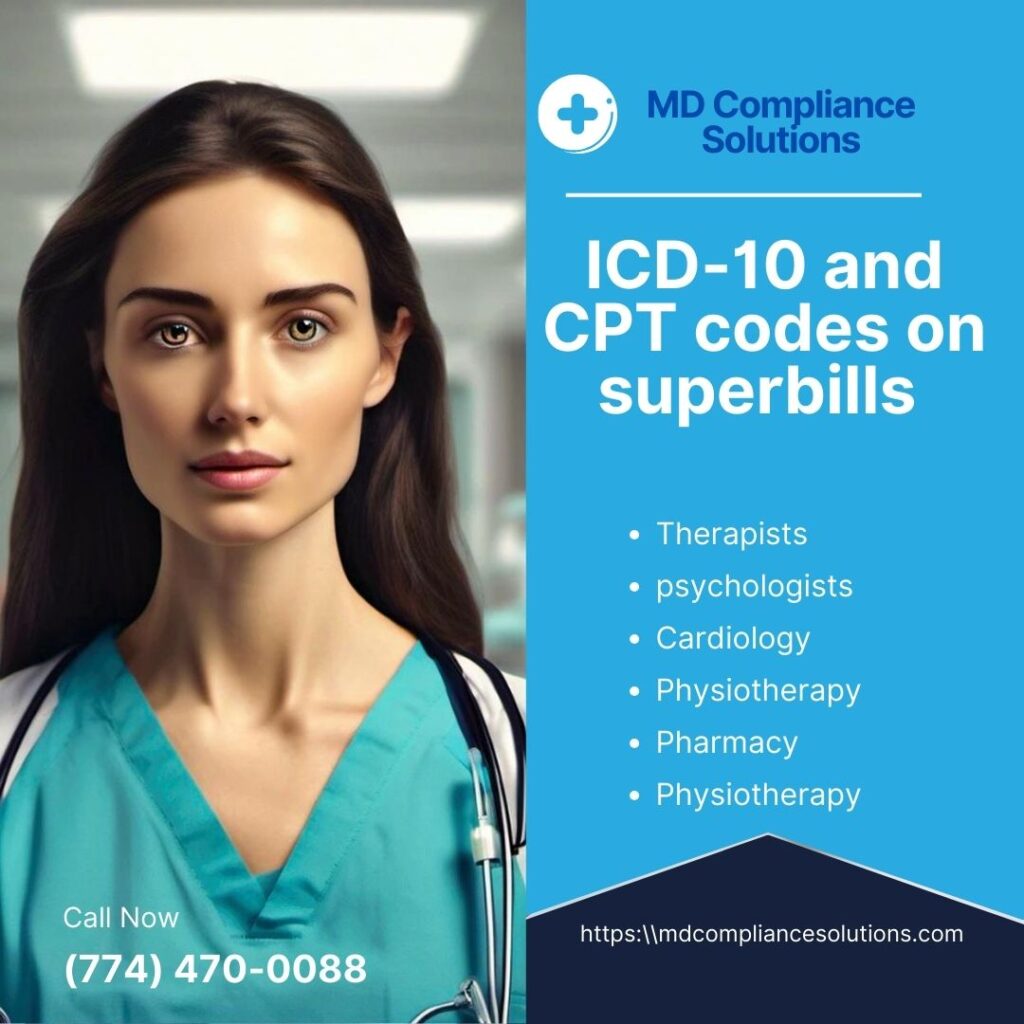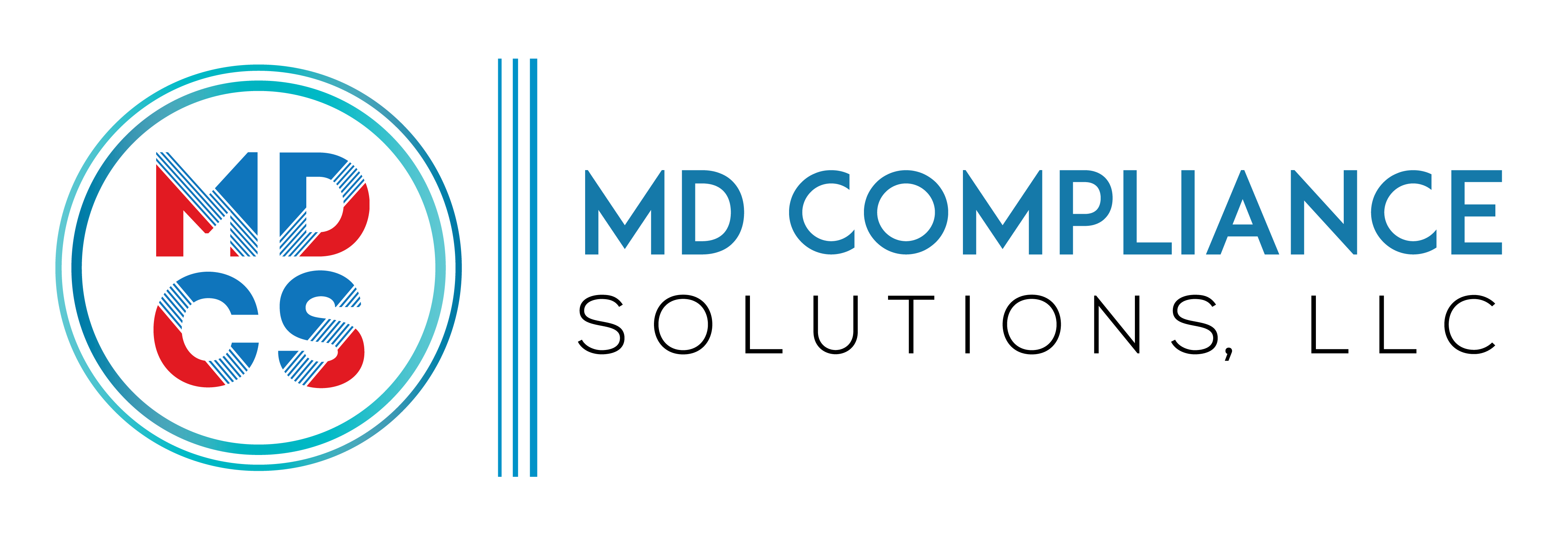Table of Contents
ICD-10 and CPT Codes on Superbills
To cut expenses, insurers are always looking for innovative methods to transfer services outside of their network. Whatever type of provider you are, chances are strong that you have had to deal with the time-consuming process of having services coded for out-of-network insurance reimbursement. Therapists and psychologists frequently use superbills rather than becoming in-network providers. Two codes are essential in medical billing and recordkeeping to guarantee that healthcare practitioners are fairly compensated for the services. Patients and medical professionals should be aware of how these codes function on superbills to improve the authenticity of the billing process. Here study the details about ICD-10 and CPT codes on superbills, emphasizing their importance and methods for deciphering codes.
Superbill: What Does It Mean in Medical Billing?
A superbill is a document that medical practitioners and physicians use to swiftly complete and submit the procedures and diagnoses for a patient visit for reimbursement. Healthcare providers utilize a superbill to record the services they deliver to patients during a visit.
It functions similarly to a receipt and contains all the necessary patient data, such as demographics, the visit date, and CPT and ICD-10 superbill codes. Patients can use superbills to submit an OON (out-of-network) claim to their insurance and, ideally, receive reimbursement for part of their out-of-pocket expenses. Patients can often file superbills and OON claims using their insurance company’s web portal. Superbills, known as “encounter forms” or “charge slips”, record the medical treatments and services that were given.
Superbills’ Significance
Superbills are very prevalent in specialized medical sectors, such as behavioral health. It may take some time to generate a superbill, but it will most likely be less time than it would take to file claims with insurers and deal with rejections. Superbills play vital roles in healthcare that make them exceptionally important, including:
- Give healthcare professionals the information they need to produce correct bills.
- act as a compliant and moral record of the treatment rendered
- play a vital part in the filing of insurance claims.
- Serve as a communication tool for healthcare providers and patients.
- Their data can be utilized for data analysis and quality enhancement.
Remember that some insurers may need additional medical evidence on a superbill, such as progress notes or treatment plans.
Understand ICD-10 and CPT Codes on Superbills?
ICD-10 coding is a systematic method for categorizing illnesses, ailments, and other health-related problems. The patient’s diagnosis with specified by these codes, which is indispensable for insurance claims and health records. The Centers for Disease Control and Prevention (CDC) states that ICD 10 superbills improve the data quality, used for monitoring public health issues and formulating clinical judgments.
Nonetheless, CPT codes are used to specify the medical treatments and services provided to a patient during their visit. Remember, it is a five-digit code that serves as a common language for information exchange between insurance companies and medical providers regarding the services rendered. For example, routine checkups and lab tests are associated with CPT codes. Furthermore, CPT is a recognized trademark of the American Medical Association that varies based on the duration of the session.
How Do CPT and ICT-10 Operate on Superbills?
Let us examine how ICD-10 and CPT codes interact on superbills. I’m sure now that you have become familiar with their fundamentals.
- When a superbill is completed, healthcare providers should match the appropriate CPT code with the corresponding ICD 10 superbill code. This combination certifies that the treatment plan and diagnosis are in sync and gives a precise and transparent picture of the patient’s visit.
- The completed superbill serves as the basis for submitting insurance company claims. CPT codes and ICD 10 superbills inform the insurer about the services provided and the reasons they should speed up the reimbursement process.
- Since errors in coding might result in payment delays or claim denials, accuracy is crucial. Experienced medical billers or coders can help because they are trained to verify that codes are issued accurately and minimize errors.
The Significance of Accurate Medical Coding
Medical coding is a crucial industrial characteristic since it guarantees the smooth operation of healthcare systems. It entails simplifying intricate medical diagnoses, processes, and therapies. It is impossible to overestimate the relevance of accurate medical coding, and for the following noteworthy reasons, it is important at this level.
- To find disorders and track treatment effectiveness, large amounts of data can be collected and analyzed with the help of proper medical coding. Upholding this standard is essential for such precise analysis and support in the making of well-informed decisions about healthcare policies.
- Accurate medical records are ensured by professional medical coding businesses, which enhances patient care. Medical professionals can make well-informed decisions with their industry experience, and they suggest the best treatment plans, medication dosages, potential dangers, and allergies when codes are accurate.
- Inaccurate medical coding practices, such as upcoding or unbundling—in which parts that belong together are invoiced separately—can result in scams. Remember, precise ICD-10 and CPT Codes on superbills enhance patient outcomes and open up new avenues for development.
- Remember, teamwork is highly critical in a busy healthcare facility. For this reason, accurate coding expedites administrative procedures, enabling staff members to handle patient records, insurance claims, and administrative duties with greater efficiency.
In summary
Efficient medical billing and documentation in healthcare can be achieved only because of the correct use of ICD-10 and CPT Codes on Superbills. However, healthcare workers need the required tools to readily decipher this complicated medical coding; this is where MD Compliance Solutions comes in. We offer cutting-edge technologies to simplify the CPT coding and ICD 10 superbills procedures, concentrates on what really counts, and give patients outstanding care.
Read More: Modifiers for Unsuccessful Procedures: A Complete Guide


